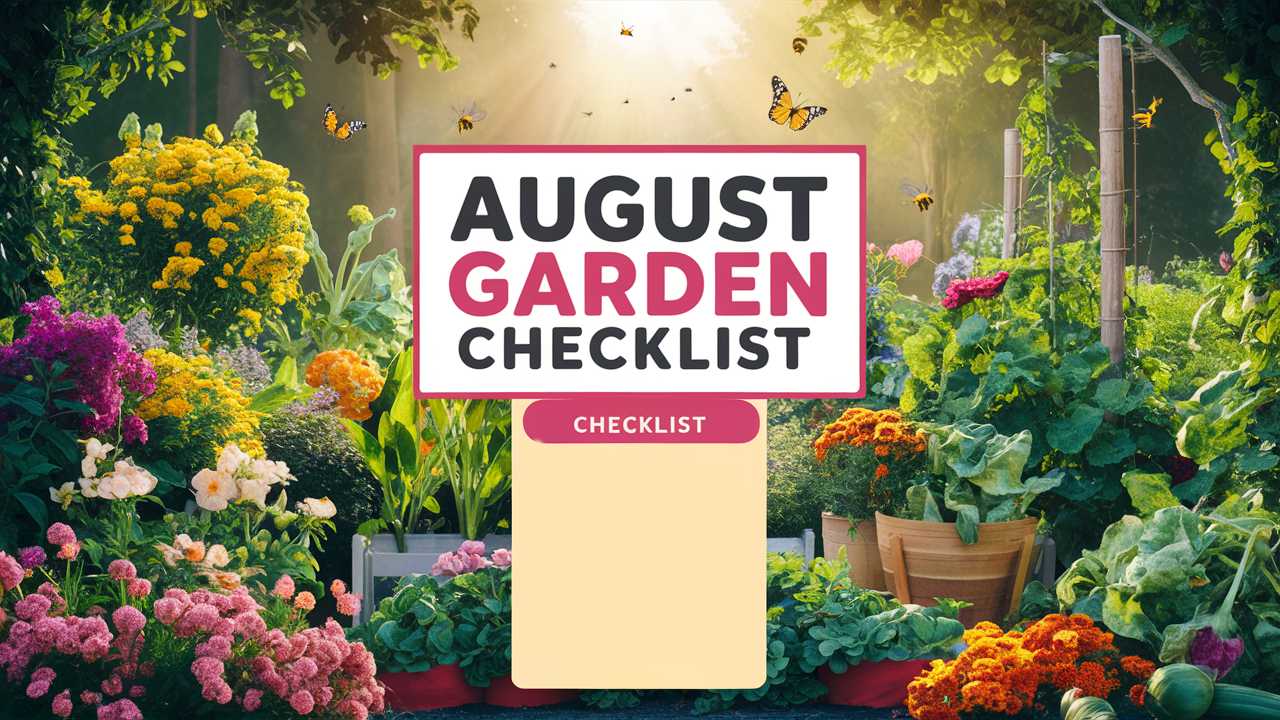This comprehensive August garden checklist will help you maintain your plants while gearing up for a successful transition into fall.
Evaluate Your Garden’s Progress
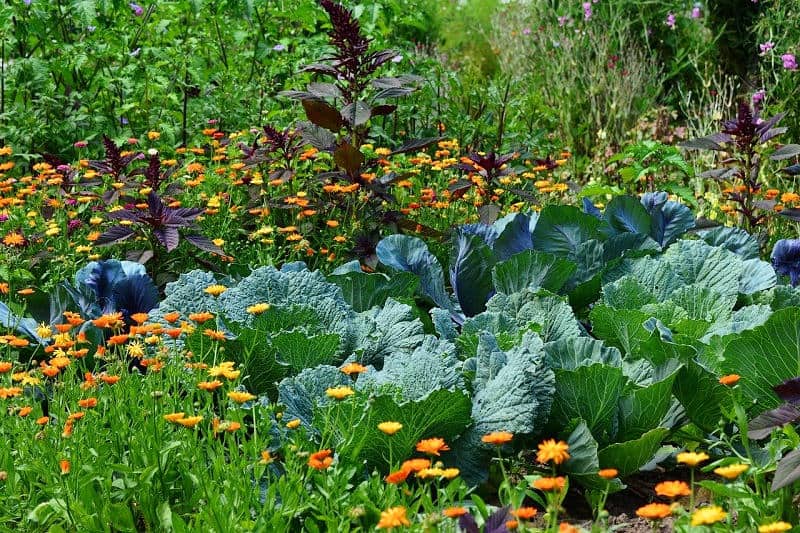
August is an excellent time to take stock of your garden’s performance. Walk through your garden and assess the health of your plants. Are they thriving, or do they show signs of stress? Check for:
Pest Damage: Look for signs of pests such as chewed leaves or stippling. Use this assessment to plan any necessary pest control measures.
Fungal Diseases: Humid conditions can lead to fungal issues. Inspect for powdery mildew or other signs of trouble. Early intervention can make a significant difference.
Nutrient Deficiencies: Yellowing leaves can indicate a need for fertilization. If you’ve neglected to feed your garden this season, consider a balanced fertilizer.
By recognizing issues early on, you can often prevent more serious setbacks, ensuring your garden continues to thrive until the colder months.
Plant for Fall
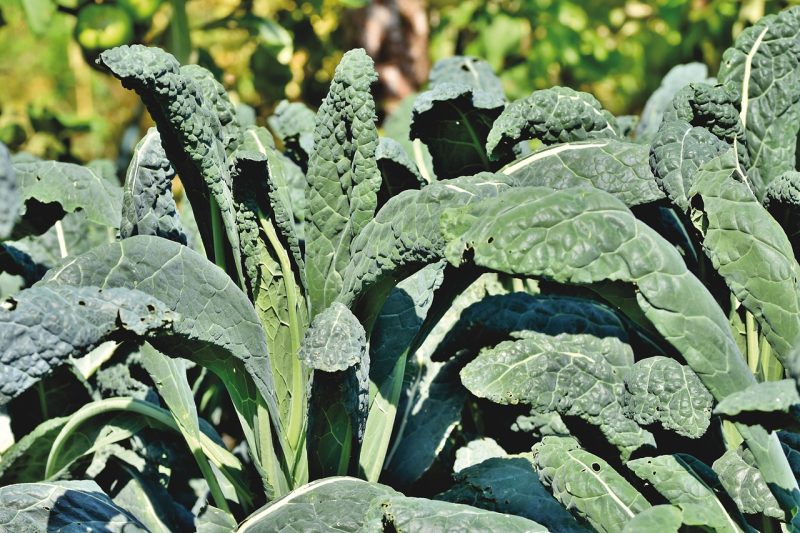
While summer crops like tomatoes and peppers may be reaching their peak, August is also the time to think ahead. Late summer is an excellent opportunity to sow seeds for cool-season crops and perennials that will bloom beautifully in the fall. Here’s what to consider planting:
Fall Vegetables: Sow seeds for leafy greens such as spinach, kale, and arugula. Carrots, turnips, and radishes are also ideal for this time of year, providing a tasty harvest even in cooler weather.
Perennials: August is a good time to plant perennials, giving them time to establish roots before winter. Consider planting asters, chrysanthemum, or helenium, which will add vibrant color to your fall landscape.
Cover Crops: If you’re looking to improve soil health and prevent erosion, consider sowing cover crops like clover or vetch. These plants will enrich your soil and provide nutrient stability for your upcoming growing season.
By taking advantage of this time to plant for fall, you can extend your gardening season and ensure that your landscape stays lively and productive.
Water Wisely
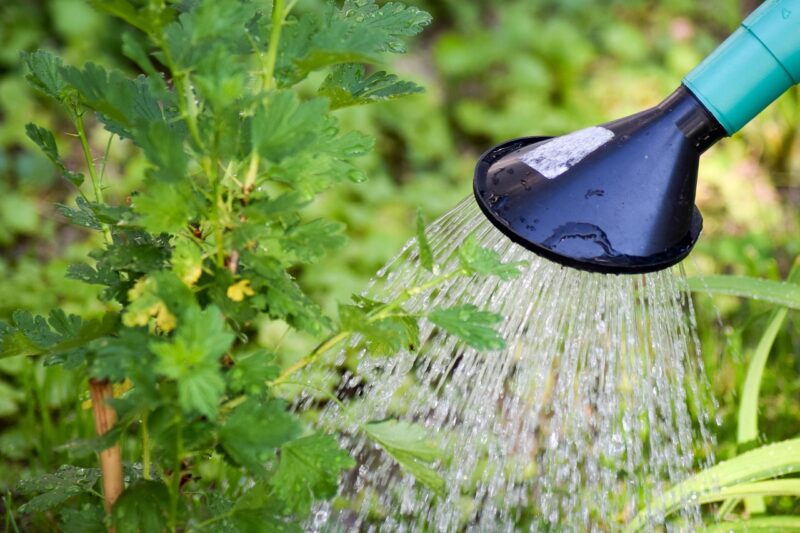
July can bring intense heat, and while August often mirrors this, managing water efficiently becomes paramount. As evaporation rates increase and rainfall might be scarce, consider these watering strategies:
Deep Watering: Rather than frequent shallow watering, aim for deep watering sessions. This encourages deeper root growth and drought resilience. Water your plants during the early morning or late evening to minimize evaporation.
Mulching: Apply a fresh layer of organic mulch around your plants. Mulch helps retain moisture, suppress weeds, and improve soil quality as it breaks down. Aim for about a 2-3 inch layer around your garden beds.
Rain Barrels: If you haven’t already, consider investing in rain barrels to collect rainwater. This sustainable approach not only helps you water your garden but also reduces water costs.
By focusing on efficient watering practices, you can keep your garden hydrated without depleting water resources or stressing your plants.
Deadhead and Prune

As summer blooms begin to fade, it’s time to deadhead and prune your plants for a more tidy appearance and to promote continued flowering. Here are some effective tips:
Deadheading Flowers: Remove spent blooms from flowering plants like petunias, zinnias, and roses. This encourages the plant to redirect energy into new growth and can prolong the blooming period.
Prune Overgrown Plants: Trim back any plants that have become leggy or overgrown. This not only improves their shape but also encourages new growth. Pay particular attention to herbs like basil—pinching back flowering stems can lead to a bushier plant and more flavorful leaves.
Cut Back Perennials: For some perennial plants, light trimming can encourage them to produce new foliage and flowers in the late summer. Be careful not to cut too much; a gentle approach typically works best.
A little pruning can go a long way in refreshing the garden’s appearance and ensuring it remains vigorous and healthy.
Harvest Bounty

August is a bountiful month for many gardeners, and it’s essential to harvest crops at their peak to enjoy the best flavors and encourage further production:
Fruits and Vegetables: Be vigilant about harvesting fruits and veggies at their peak ripeness. This includes cucumbers, tomatoes, squash, and berries. Regular harvesting encourages plants to produce more and reduces the chance of diseases.
Herbs: Snip herbs regularly to promote growth. This not only ensures you have fresh herbs for cooking but also helps to prevent them from flowering, which can lead to less flavorful leaves.
Save Seeds: If you have heirloom varieties, consider saving seeds from your best-performing plants. This is particularly rewarding and economical for future planting seasons.
Getting your timing right during harvest not only maximizes enjoyment of your garden but also allows you to influence plant behavior for a continuous bounty.
Prepare Your Soil
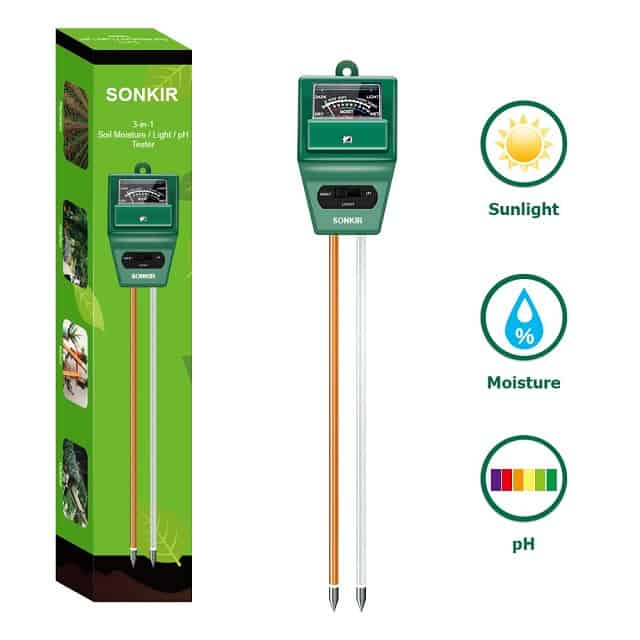
As summer winds down, preparation for the autumn months becomes key. Your soil health directly influences your plants’ success. Here’s what to focus on this August:
Soil Testing: Conduct a soil test to determine pH levels and nutrient composition. This information will help you make informed decisions on amendments and fertilizers needed to enrich your soil.
Amendments: Based on your soil test results, consider adding organic matter such as compost or aged manure to enrich nutrient levels. This is also a great time to incorporate any cover crops.
Weed Control: Keep an eye on weeds, which can compete for nutrients and water. Regular weeding is crucial, and using a hoe or hand-pulling can help keep them at bay.
Prioritizing soil health will set you up for success in the next planting season, leading to more productive and vibrant gardens.
Plan for Pest and Disease Management

With the emergence of new pests and diseases in late summer, early intervention is crucial in avoiding damage to your plants. Here are strategies to ensure your garden remains healthy:
Monitor for Pests: Regularly check undersides of leaves for pests like aphids or spider mites. Introducing beneficial insects like ladybugs can provide natural control.
Organic Treatments: If pests become problematic, consider organic insecticidal soaps or neem oil. These treatments can help maintain your harvest without disrupting beneficial insects.
Disease Management: Remove any diseased plants or leaves immediately to prevent spreading. Implementing crop rotation for next year can also help break the cycle of certain diseases.
Actively managing pests and diseases during August will preserve your plants’ vigor as the growing season continues.
Strengthen Your Landscape
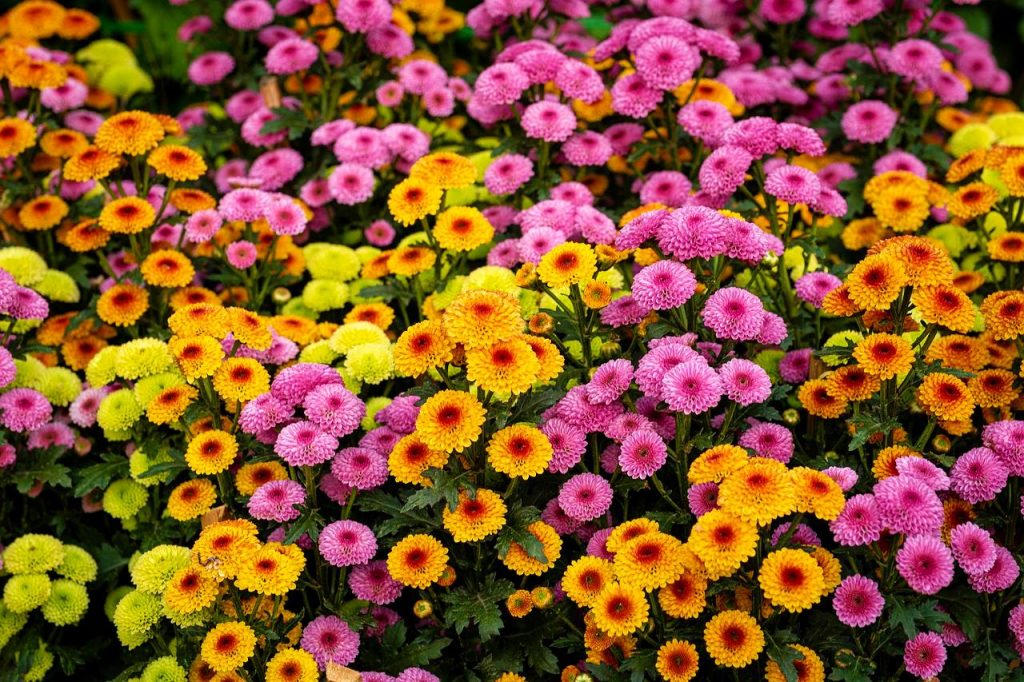
As summer flowers and foliage begin to wane, focus on reinforcing your garden’s aesthetics. Creating an appealing landscape in August can set the stage for an inviting fall display:
Plan for Fall Color: Consider adding plants that will bloom in late summer and early fall, such as asters or sedum. These plants can provide much-needed color as your summer blooms fade.
Divide Perennials: August is often ideal for dividing certain perennials, such as hostas and daylilies. By dividing and replanting, you can bolster your flower beds and create new focal points in your garden.
Post-Harvest Clean-Up: Clear away spent vegetable plants that have finished their production cycle. This helps tidy up your garden’s appearance and prevents diseases from lingering in decaying plants.
Investing energy into your garden’s appearance during August will ensure it remains an inviting space through the seasons.
Installation of Irrigation System
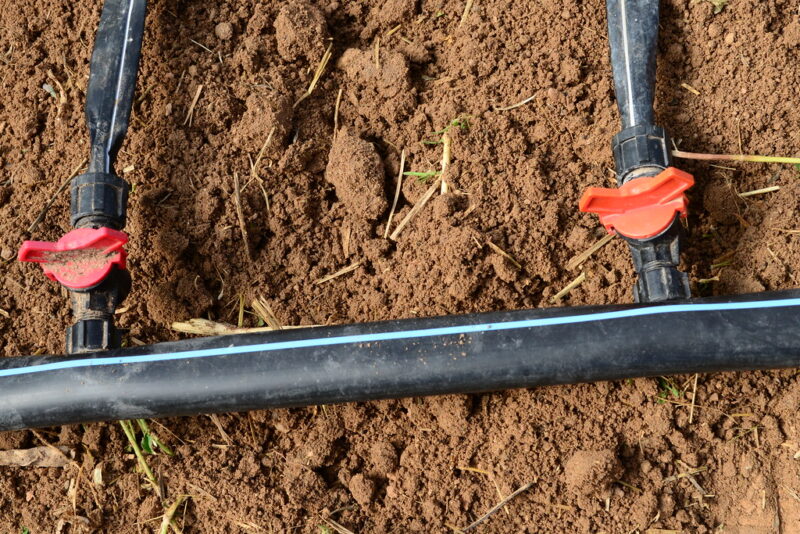
If you’ve been considering upgrading or installing an irrigation system, August is an ideal time to proceed. As plants continue to require ample water, having a structured plan can save you both time and effort:
Drip Irrigation: Consider installing a drip irrigation system to provide slow, deep watering directly to the root zones. This method conserves water and can be a more efficient way to maintain moisture levels.
Hydrant for Hoses: Install hydrants to provide convenient access to water throughout your garden. This setup can make it easier to reach various sections, especially in larger yards.
Rain Collection Systems: Set up additional rain collection barrels if you haven’t already. This not only aids in watering but is also an environmentally-friendly practice.
Setting up a reliable irrigation system in August can boost your garden’s efficiency and ensure your plants remain hydrated in the heat.
Stay Informed and Inspired
The world of gardening is vast and ever-evolving. To keep your skills sharp and your inspiration flowing, consider engaging with the garden community:
Workshops and Classes: Seek out local workshops or gardening classes focused on late summer and fall gardening techniques. This can help you learn new skills and connect with fellow gardening enthusiasts.
Garden Tours: If available, participate in local garden tours. Visiting others’ gardens can spark fresh ideas and expose you to diverse planting techniques.
Online Forums and Blogs: Join gardening forums or subscribe to blogs for advice and inspiration. Engaging with a community can provide valuable insights and new techniques.
Keeping your passion alive through learning and sharing experiences can deepen your connection to gardening.


